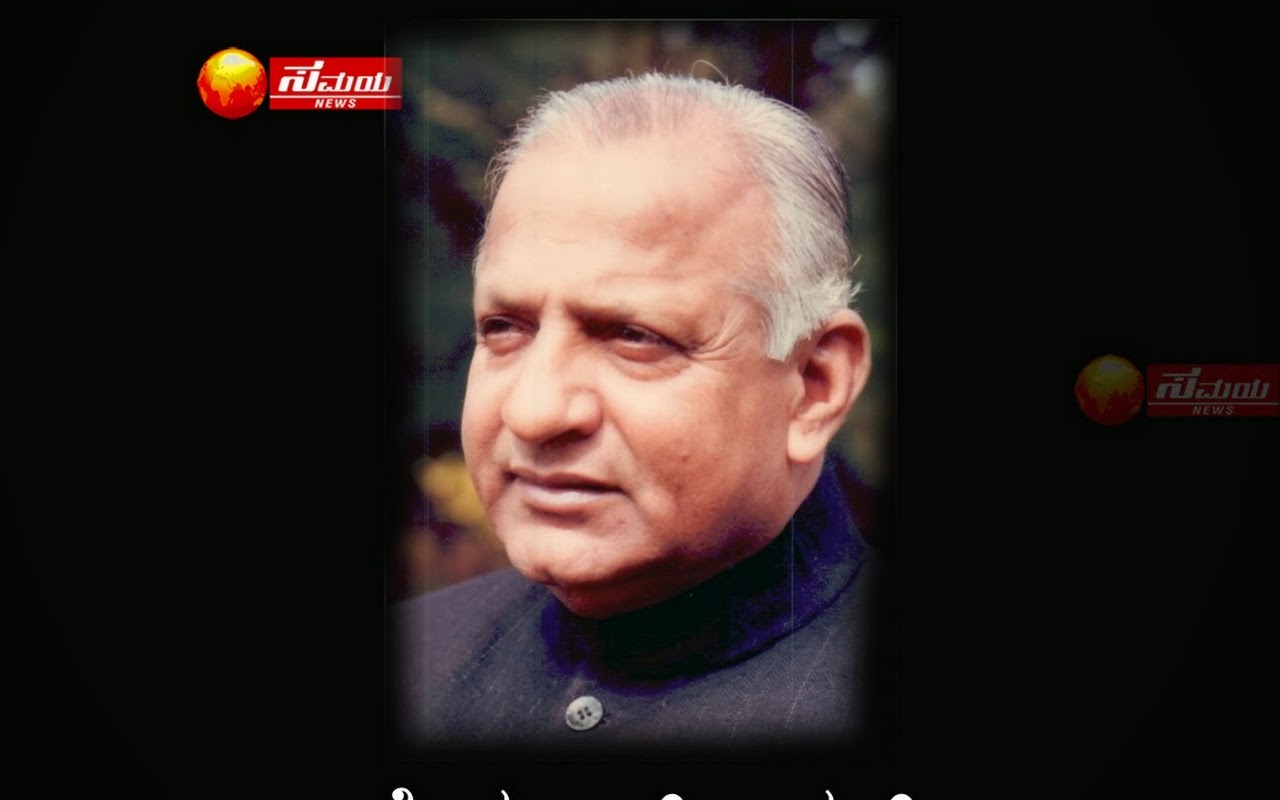Key takeaways from Union Budget 2018
Feb 2, 2018 10:14 IST
Rupali Pruthi
Key takeaways from Budget 2018
Key takeaways from Budget 2018
Finance Minister Arun Jaitley on February 1, 2018 presented the fifth and last full Budget of the NDA Government before the 2019 General Elections.
This year's budget session follows two big financial decisions of the government- demonetisation and the implementation of Goods and Services Tax.
Here are the key takeaways from Budget 2018:
Agriculture: The government would be doubling the farmer’s income by 2022, on the occasion of India’s 75th anniversary. Government plans to launch ‘Operation Green’ with a corpus of Rs 500 crore and Rs 10000 crore for Fisheries and Aquaculture and Animal Husbandry Development Fund.
Health: National Health Protection Scheme will be launched to cover 10 crore poor and vulnerable families. Under this, up to Rs 5 lakh will be provided to each family per year in secondary and tertiary care institutions. This scheme will have 50 crore beneficiaries.
MSME: Mass formalization of MSME sector is happening after demonetization and GST. Online loan sanctioning facility will be refurbished to speed up the complete process by banks.
Namami Gange: 187 projects have been sanctioned under Namami Gange. Namami Ganga programme outlay has been increased with an all round development plan for villages and cities along the river Ganga.
Infrastructure: The government is planning to develop connectivity infrastructure in the border areas. While the construction on the Rohtang tunnel has been completed, the construction of Zojila pass tunnel is progressing well.
Under Smart Cities mission, 99 cities have been selected with outlay of Rs 2.09 lakh crore. Government to preserve heritage cities through National Heritage Augmentation Yojana.
Rs 1. 48 lakh crore have been allocated for the Indian Railways for the year 2018-19. 18000 km of railway line will be doubled to eliminate capacity constraints. The regional connectivity scheme- UDAN would be connecting 56 underserved airports and 36 underserved helipads in the country.
Financial Sector: NITI Aayog will establish a National Programme to direct government's efforts in the area of Artificial Intelligence towards national development. The government will explore use of blockchain technology proactively to boost digital economy. However, the government will not consider cryptocurrency as legal tender.
The Union government will recapitalise public sector banks to help them lend an additional Rs 5 lakh crore. Unit Trust of India, Oriental Insurance and National Insurance will be merged and then listed.
Salaries of MPs: Emoluments will revised for the President to Rs 5 lakh, Rs 4lakh for Vice-President and Rs 3.5 lakh per month for Governors. Emoluments to MPs will be refixed with effect from April 1, 2018. The law will provide automatic revision of emoluments of MPs after every five years, indexed to inflation.
Education: The Budget 2018 proposes to treat education holistically without segmentation from pre-nursery to Class 12. The Revitalising of Infrastructure and Systems of Education (RISE) will be launched by 2019. By 2022, every block with more than 50 per cent ST population will have Ekalvya schools at par with Navodaya Vidyalayas.
Taxation Reforms: No changes in personal income tax slabs. Majorly, the personal income tax collection comes from the salaried class. Around 1.89 crore returns were filed in 2017 and Rs 1.44 lakh crore was paid as taxes.
All senior citizens will now be able to claim benefit of a deduction of Rs 50000 for any medical expenditure and can claim deduction of Rs 100000 for critical illnesses.
Duties: Customs duty on mobile phones and parts of televisions will be increased to 20 per cent from 15 per cent. Customs duty on raw cashew will be reduced from 5 per cent to 2.5 per cent. No more education cess will be levied on imported goods. Education cess will be replaced by social welfare surcharge of 10 per cent.
Education Sector: The government would be allocating Rs 1 lakh crore to revitalise and upgrade the education sector, promoting learning based outcomes and research. The government also aims to gradually move from black boards to digital boards by 2022. The Revitalising of Infrastructure and Systems of Education (RISE) will be launched by 2019.

